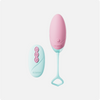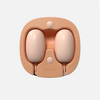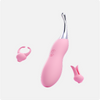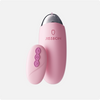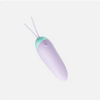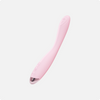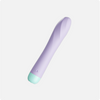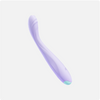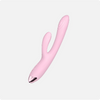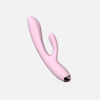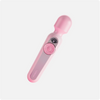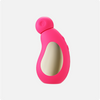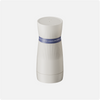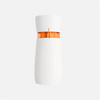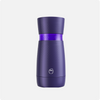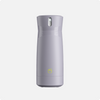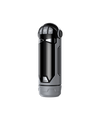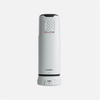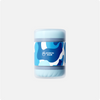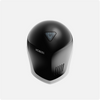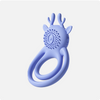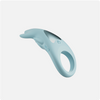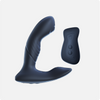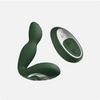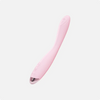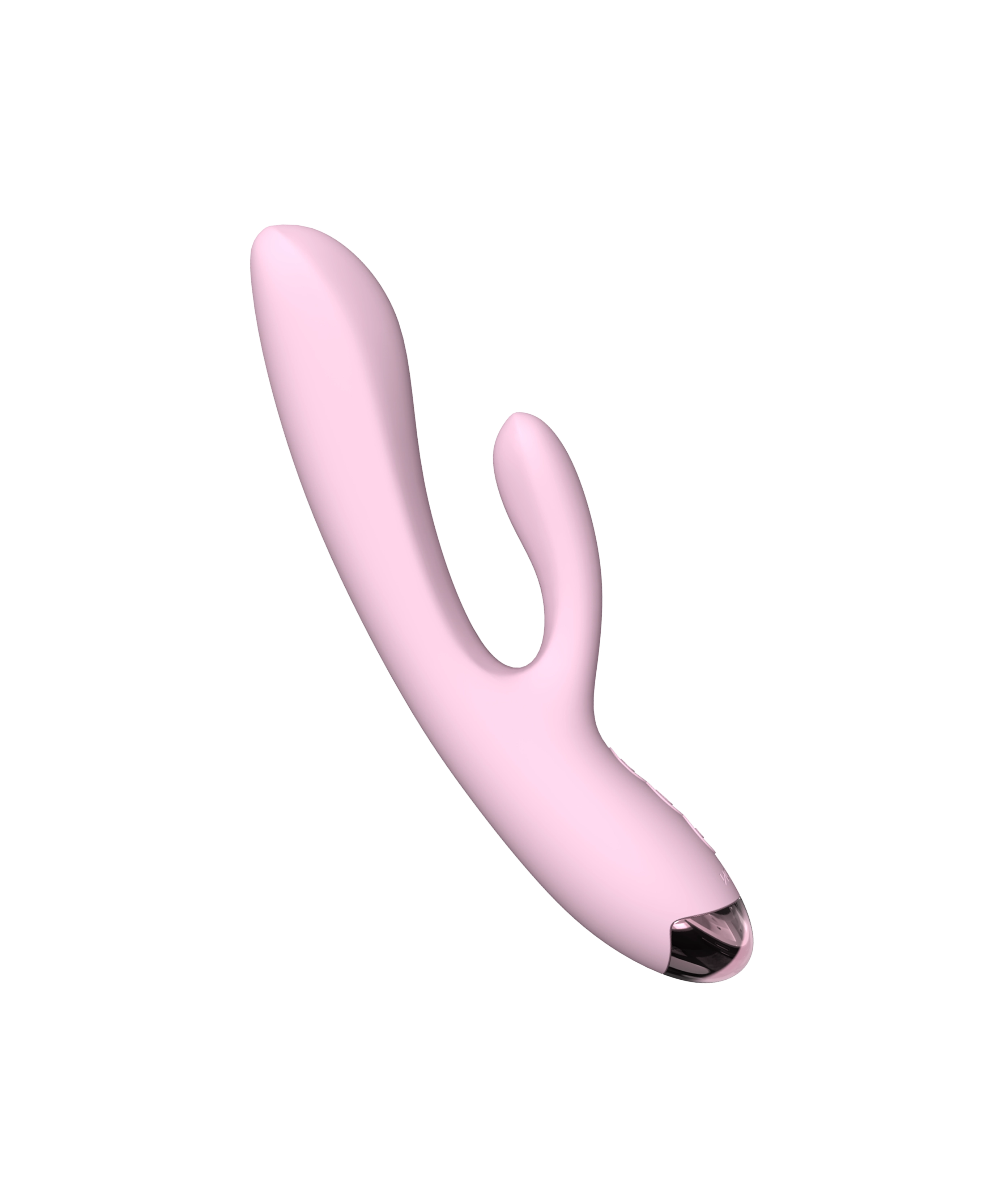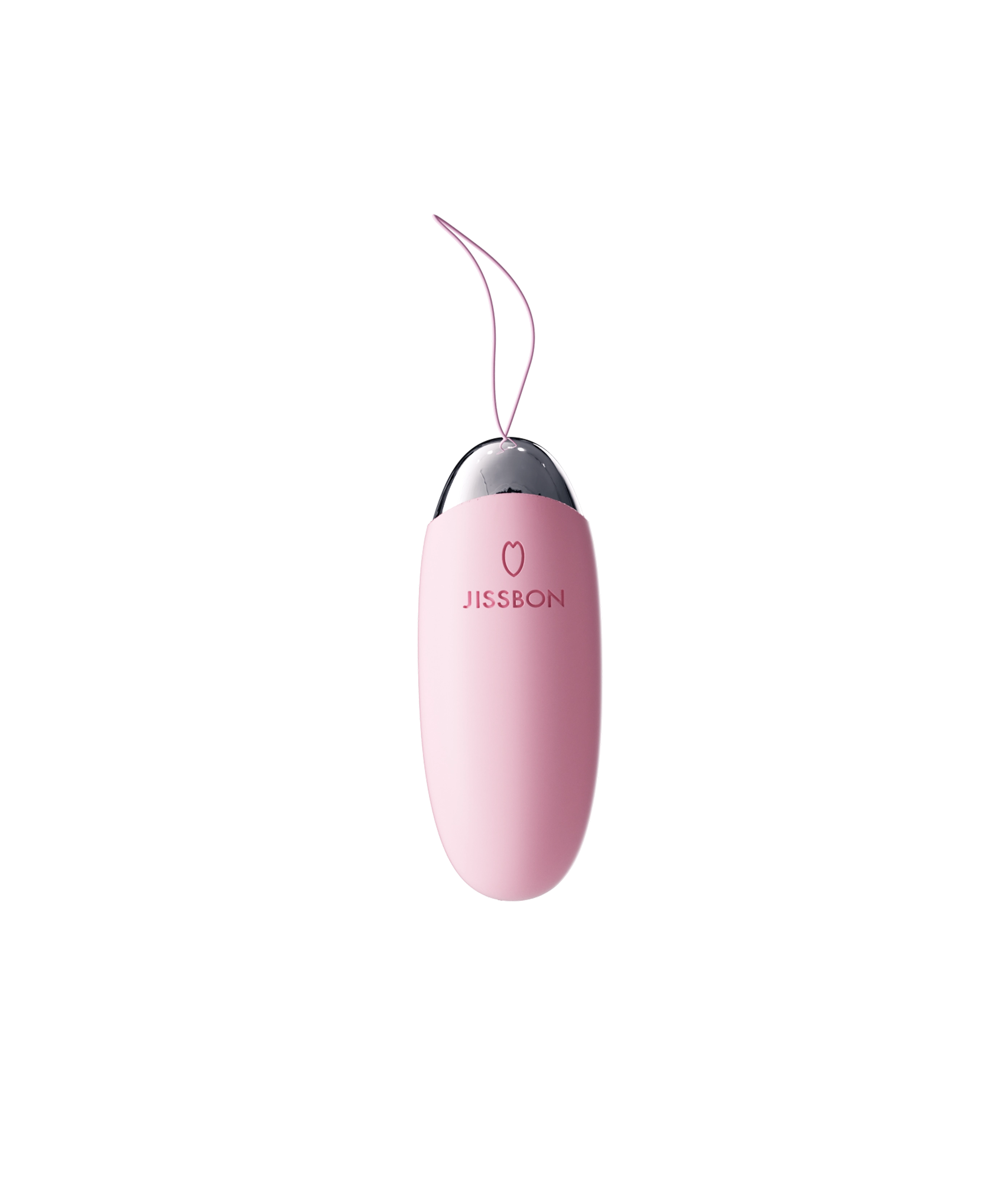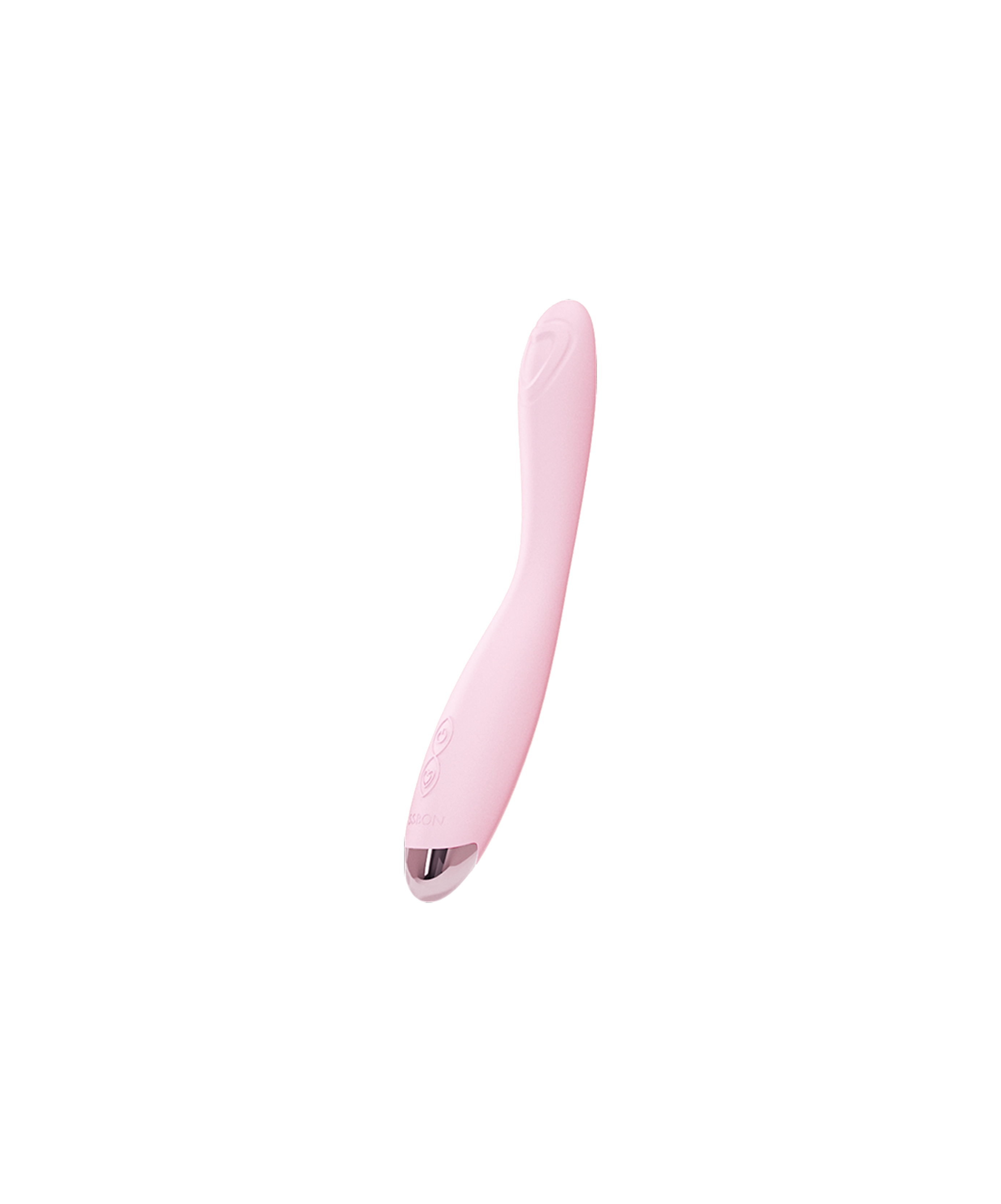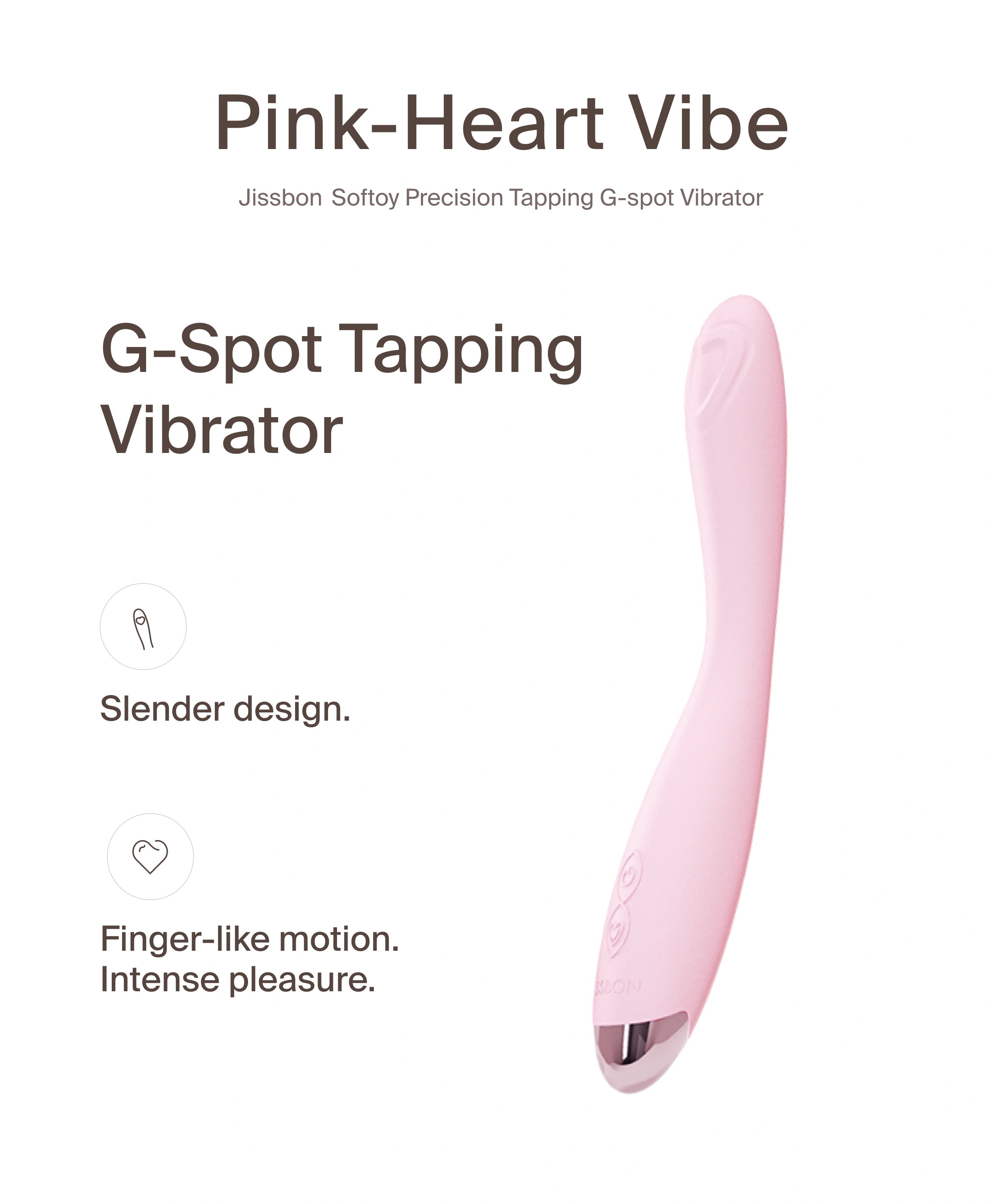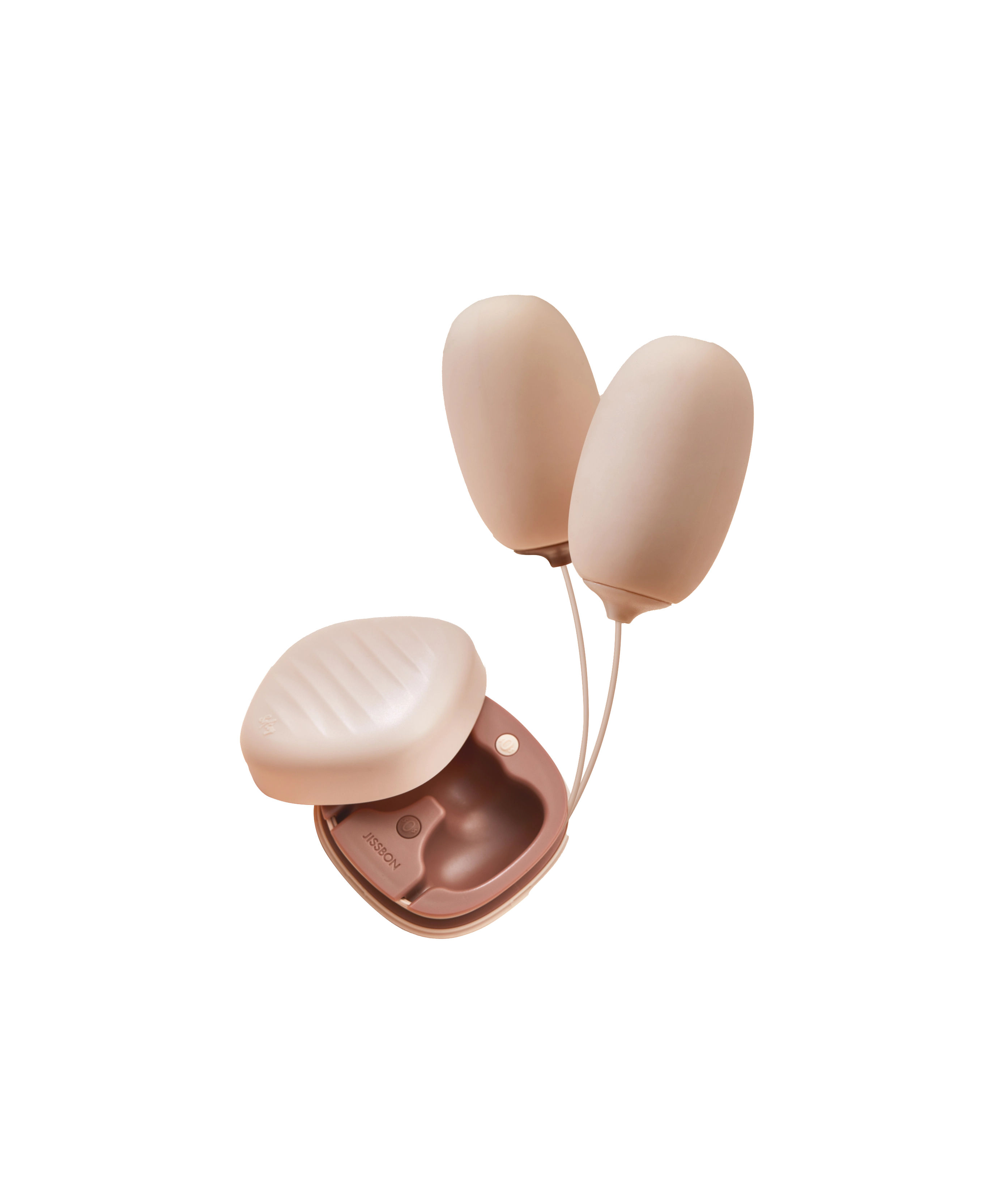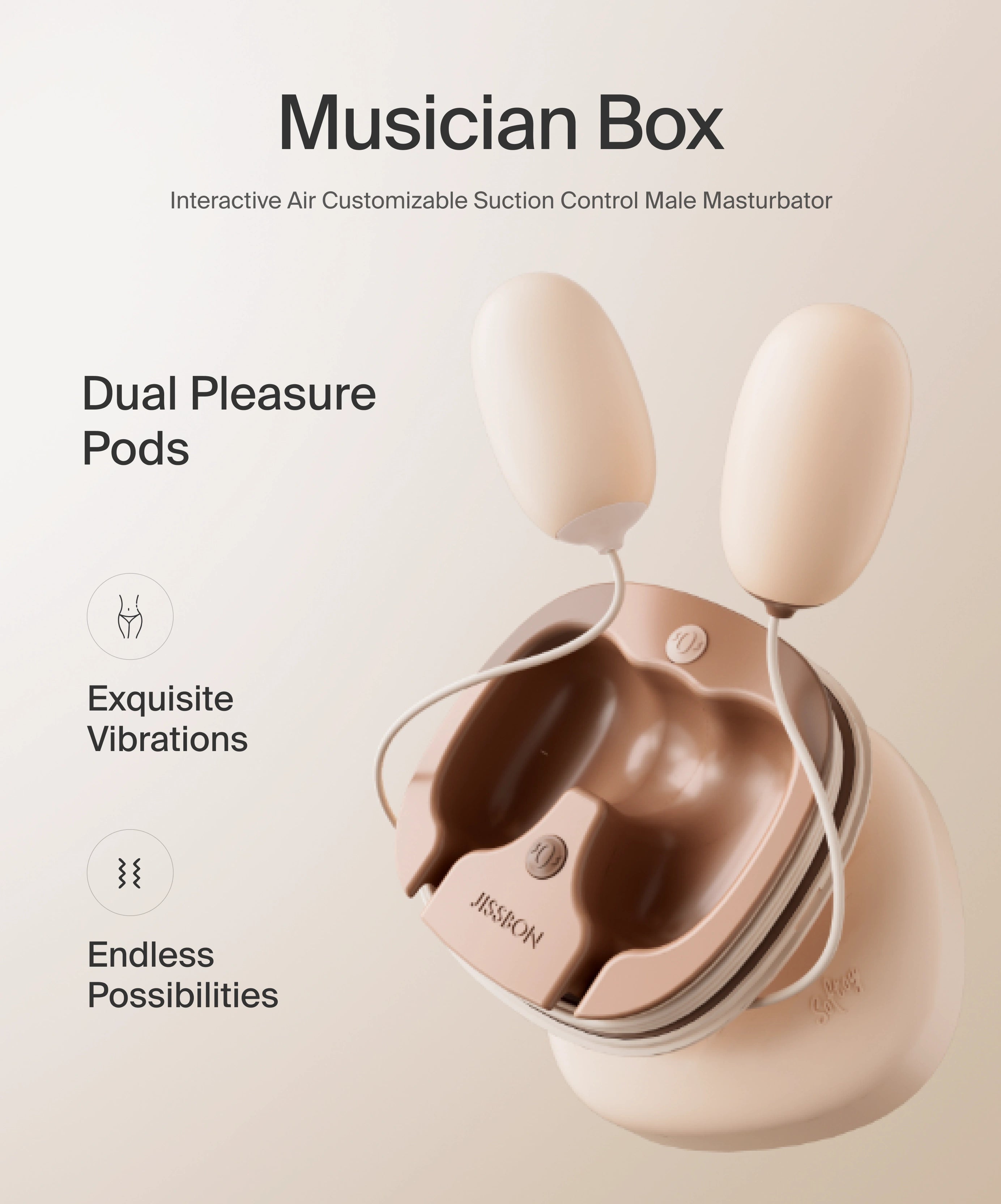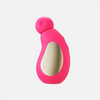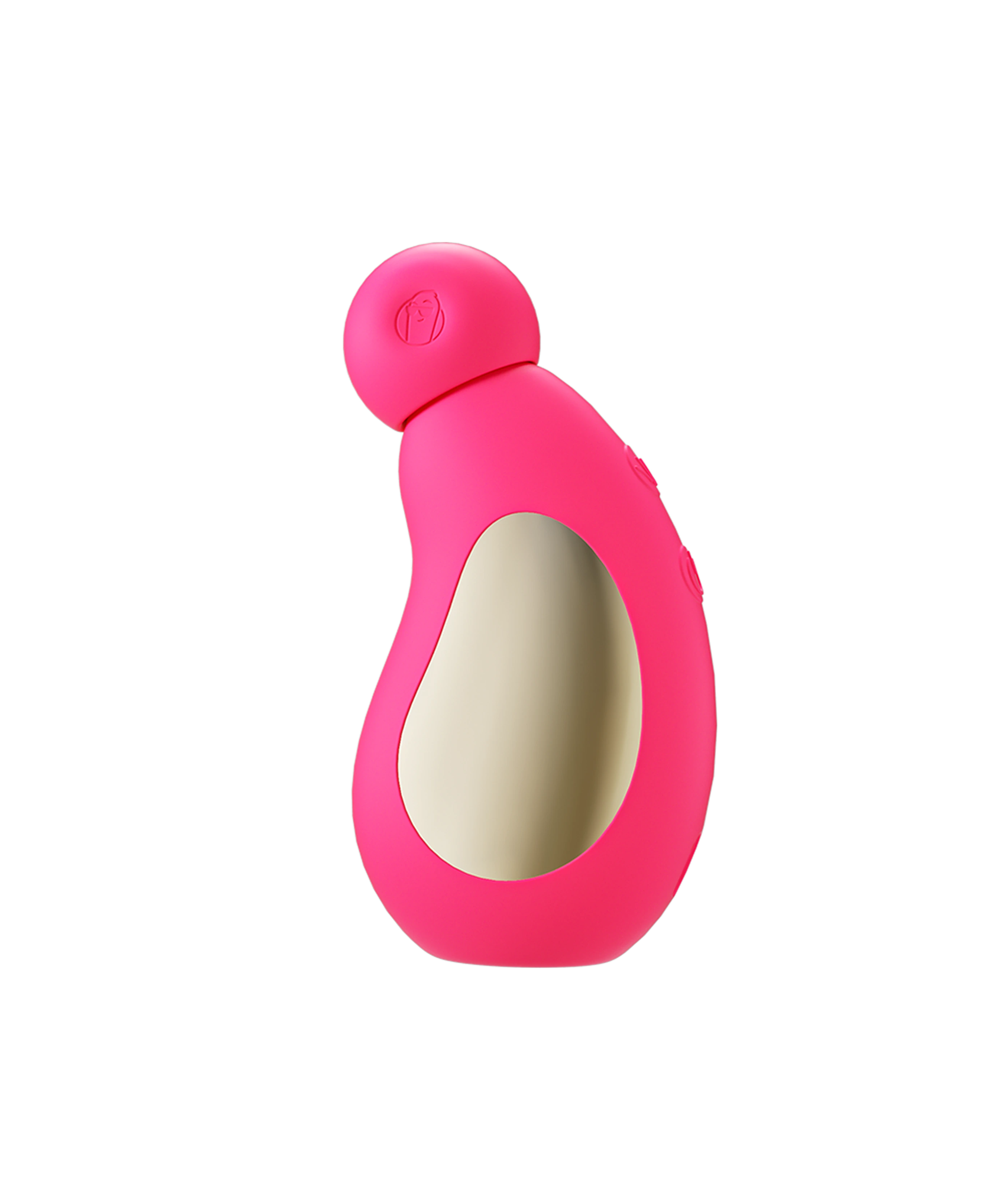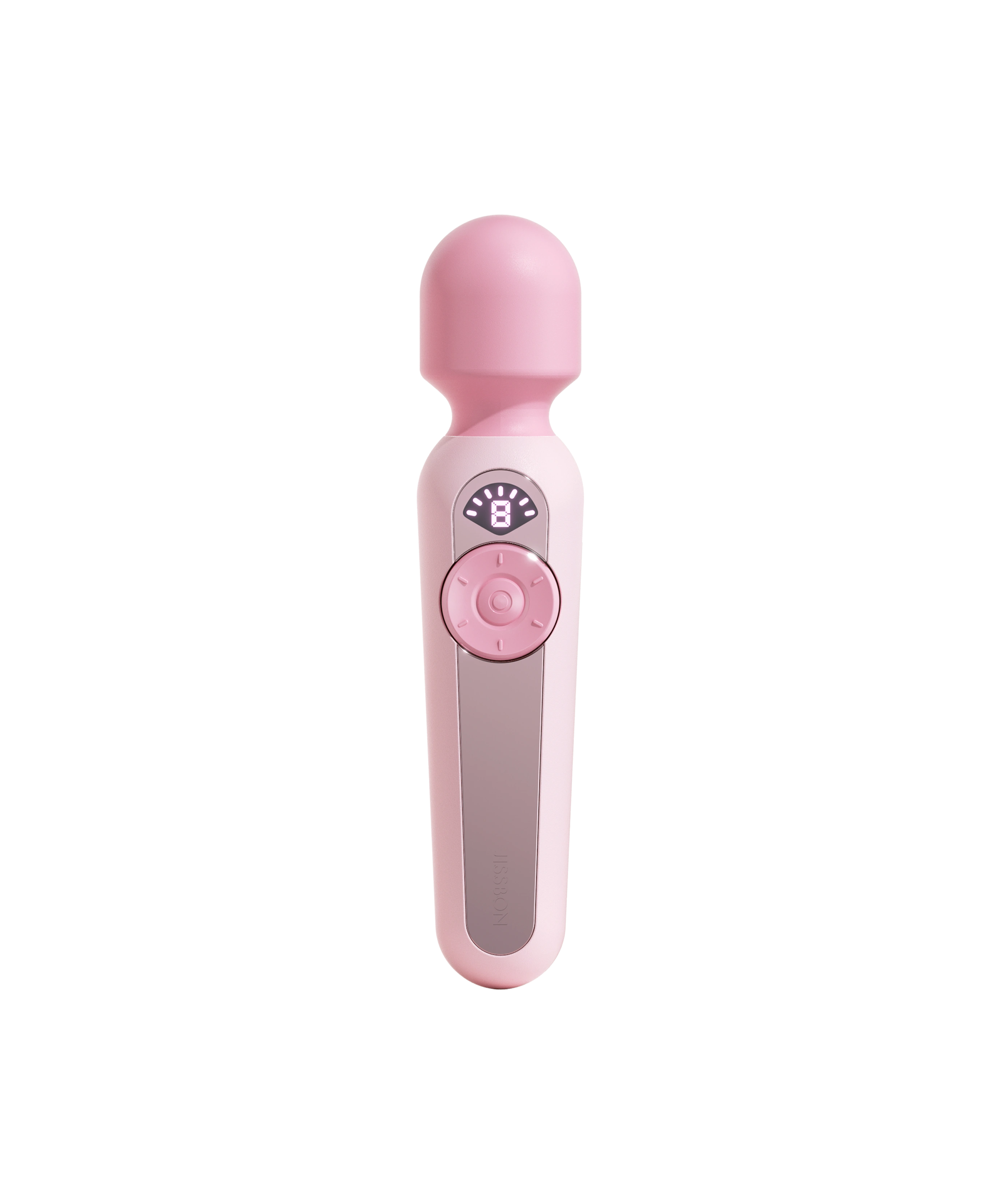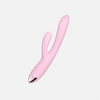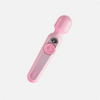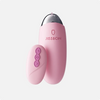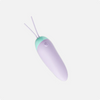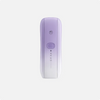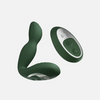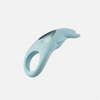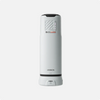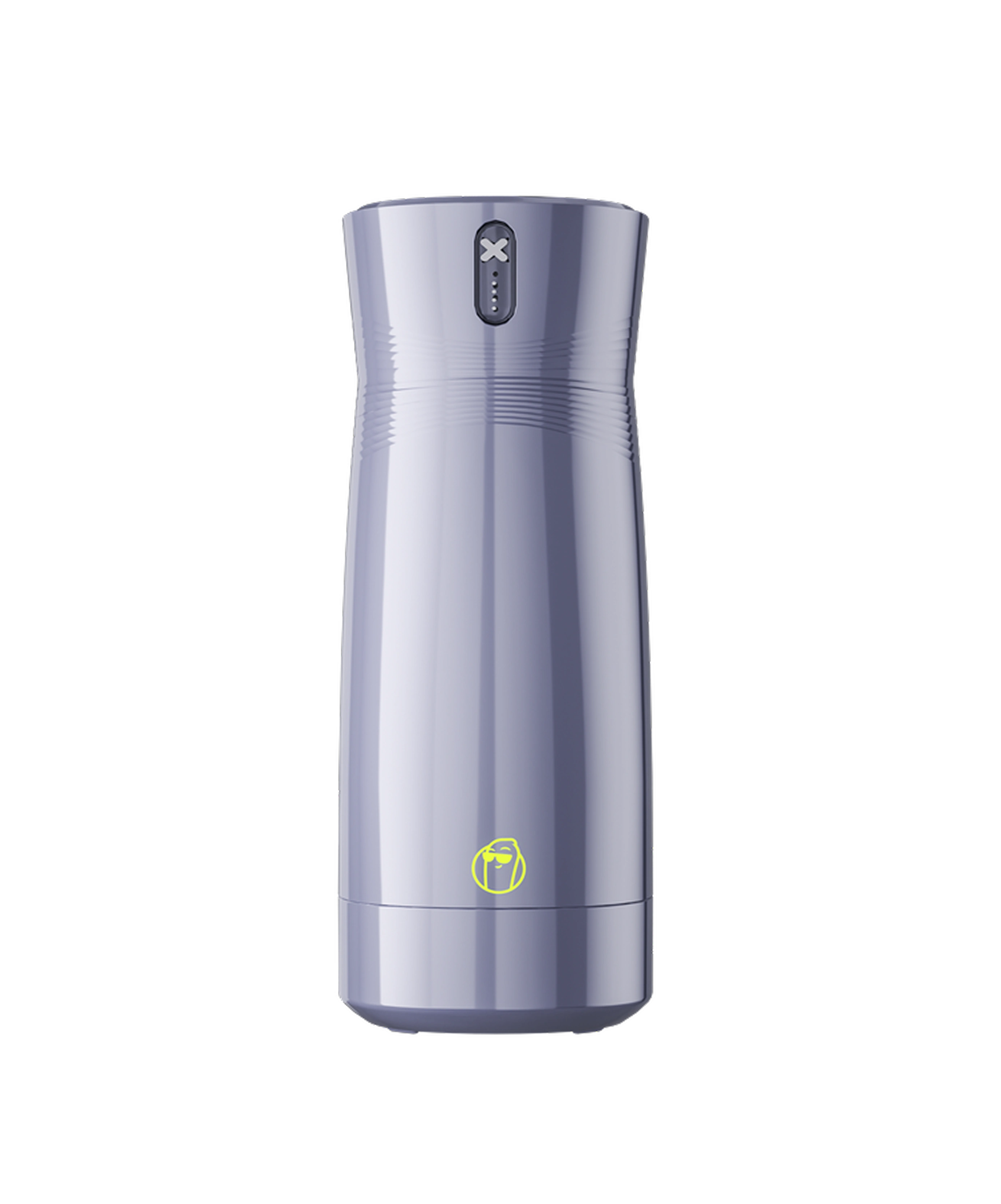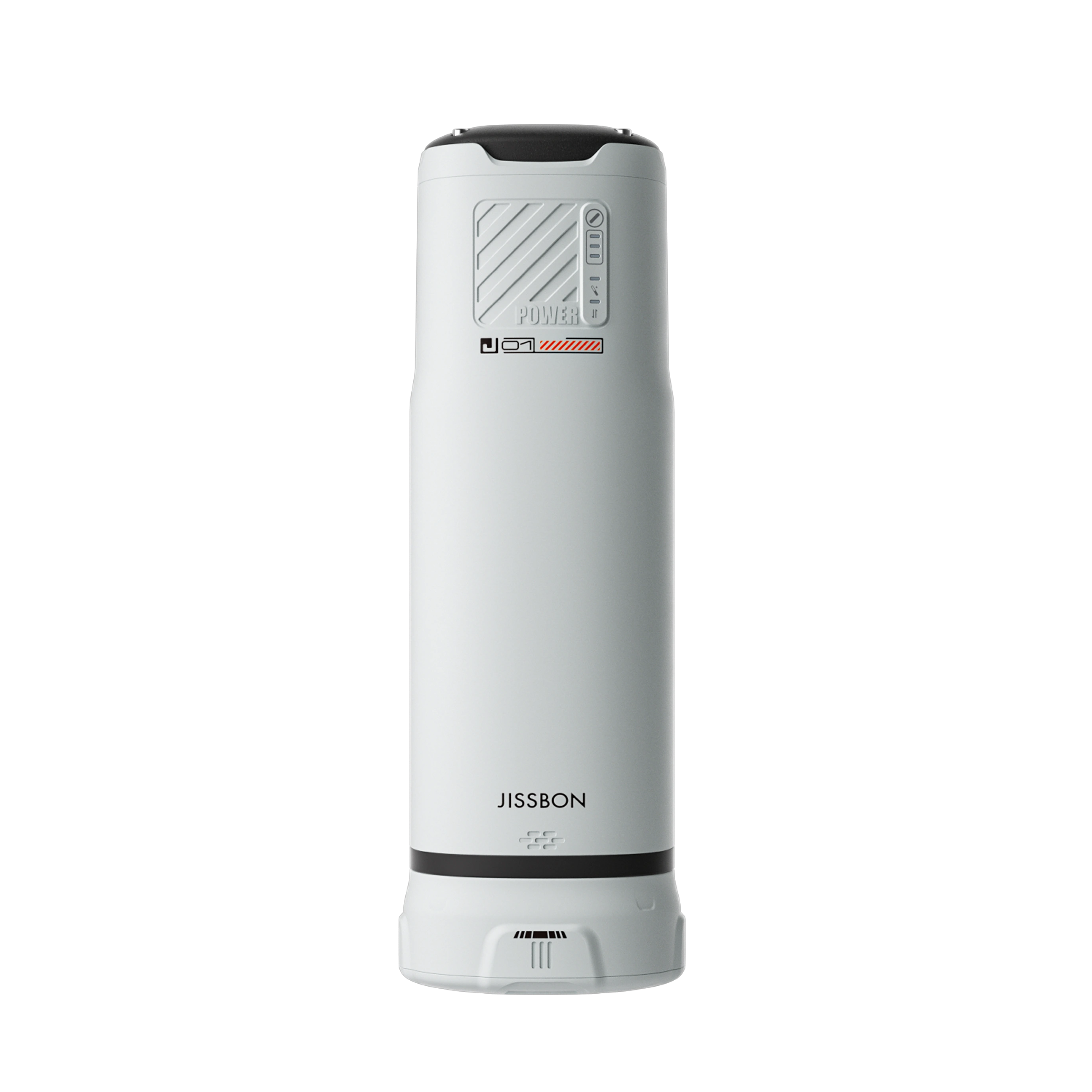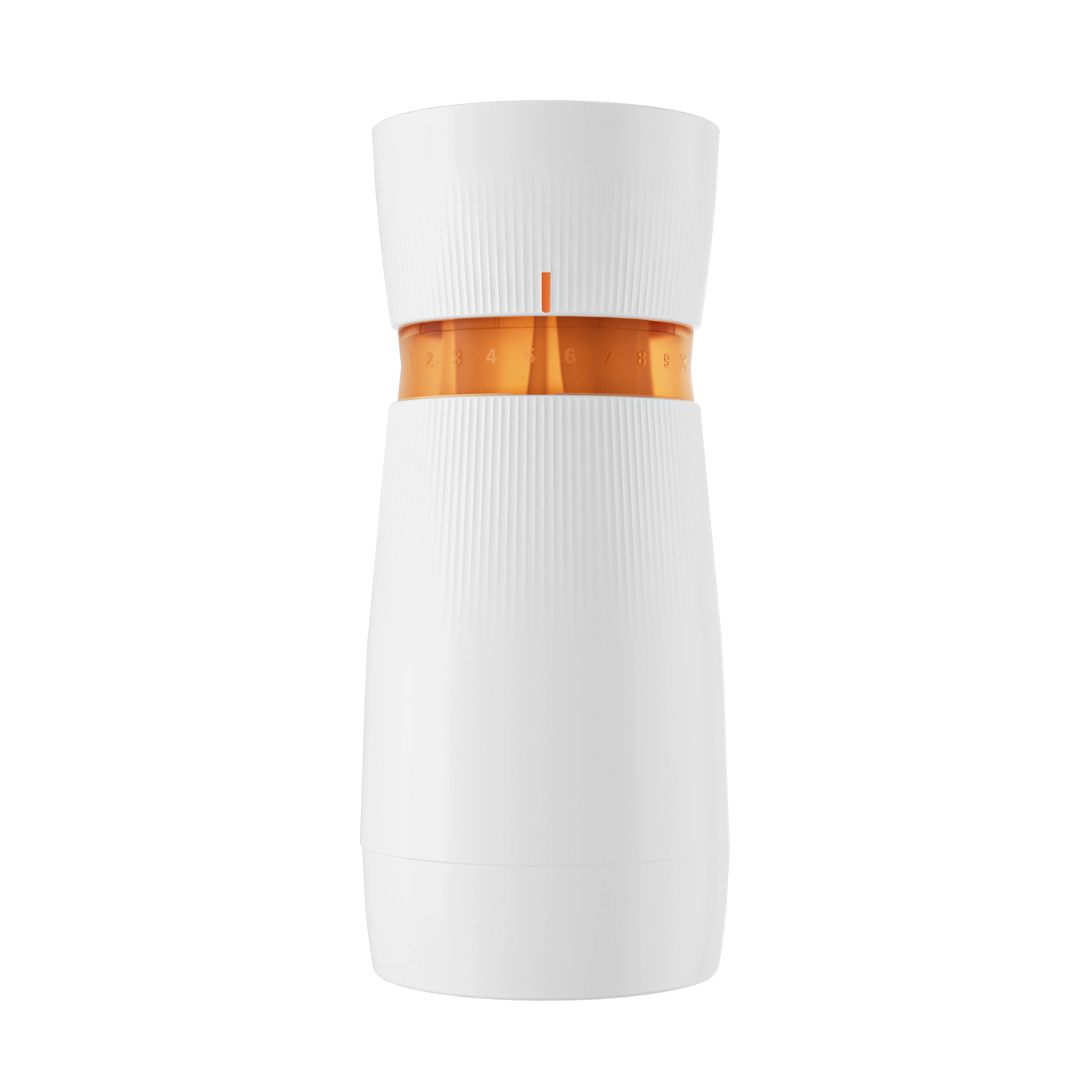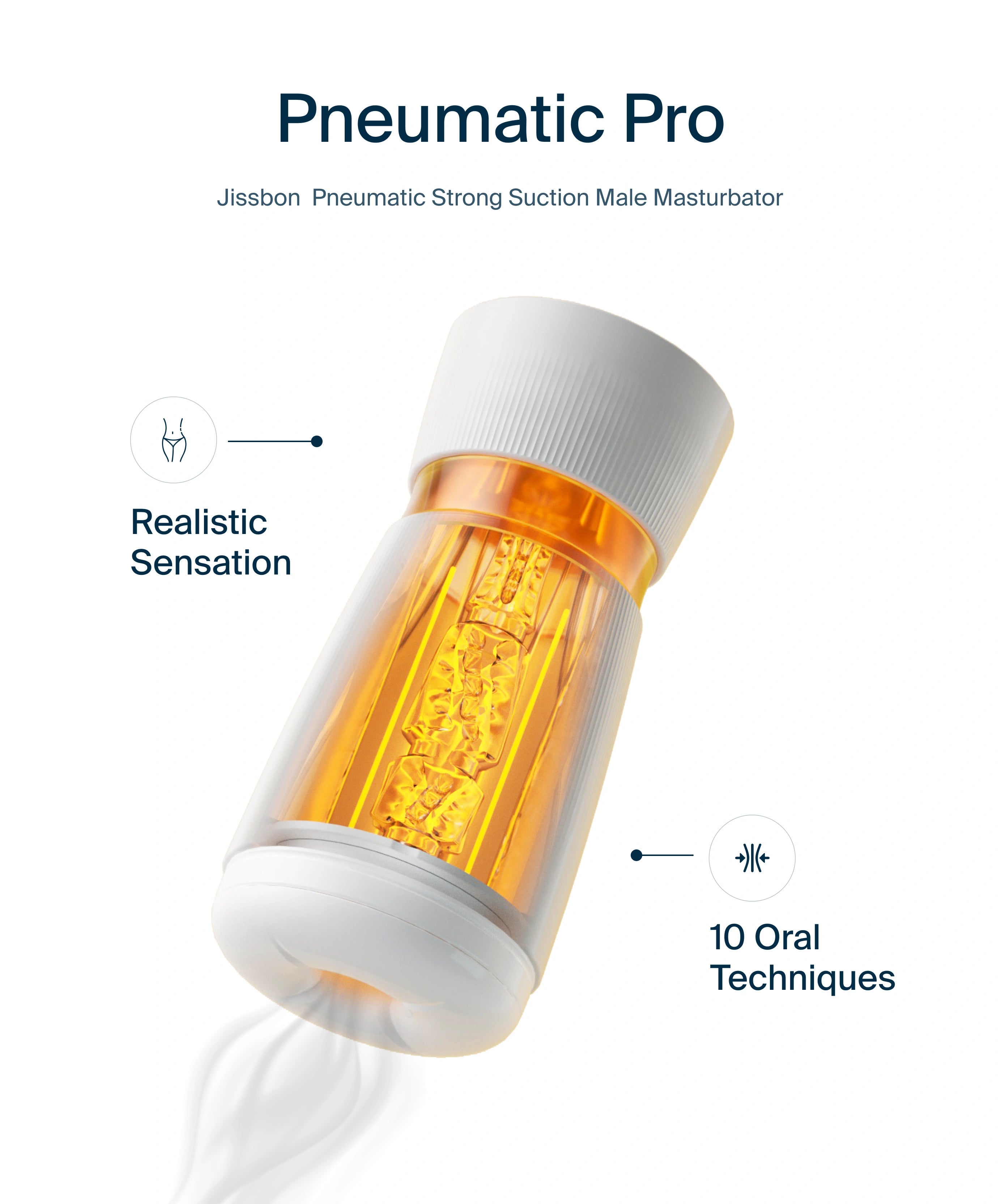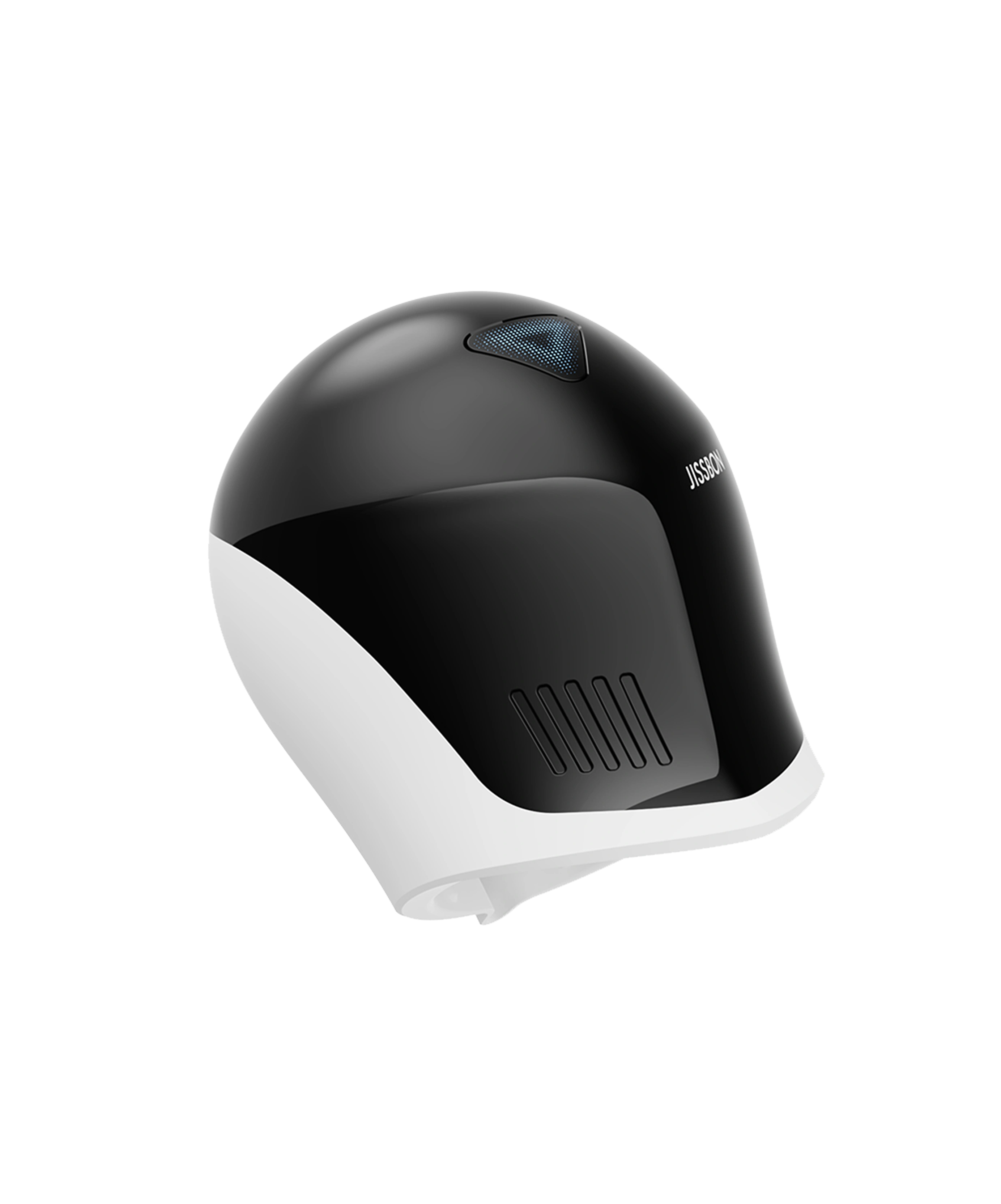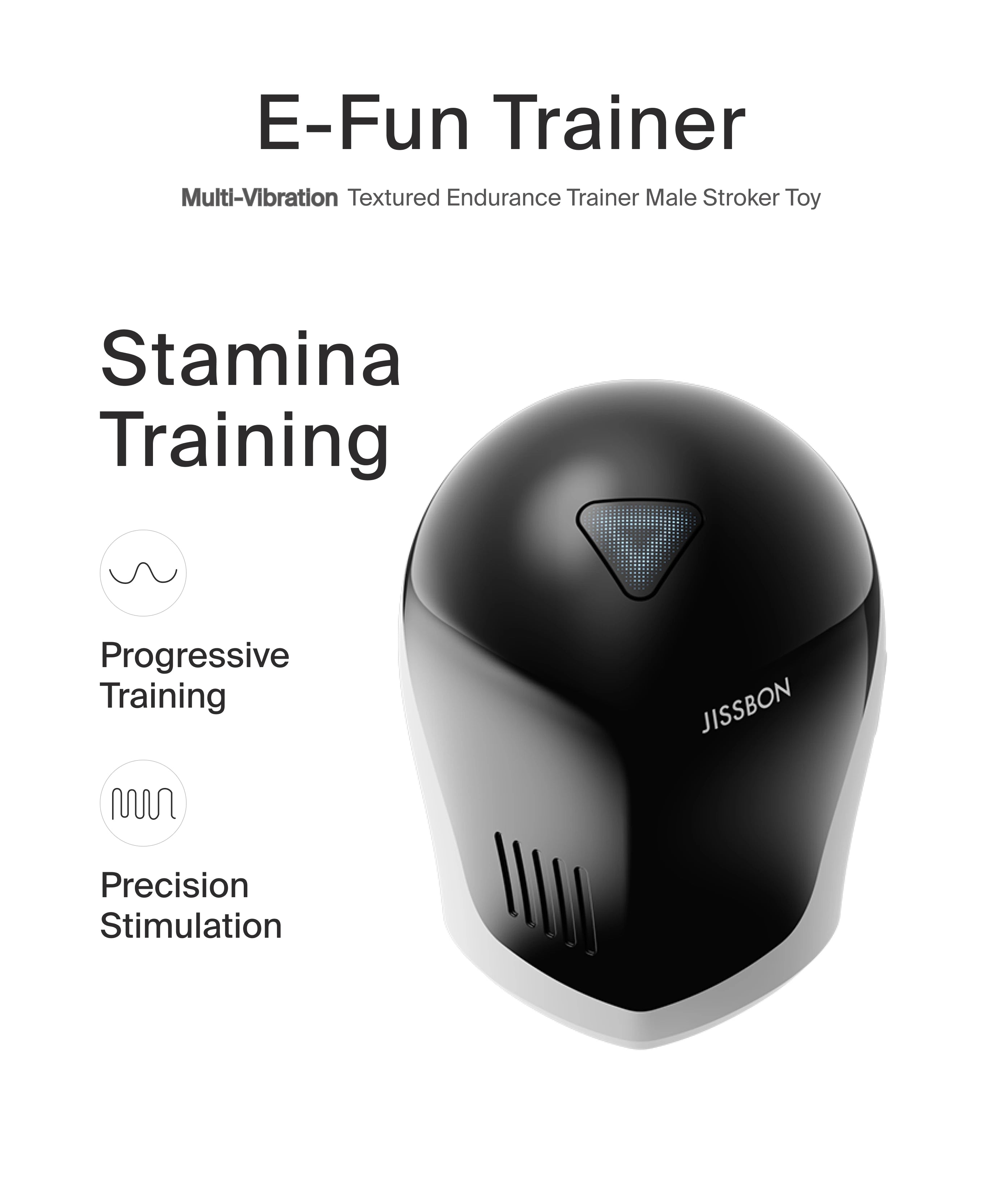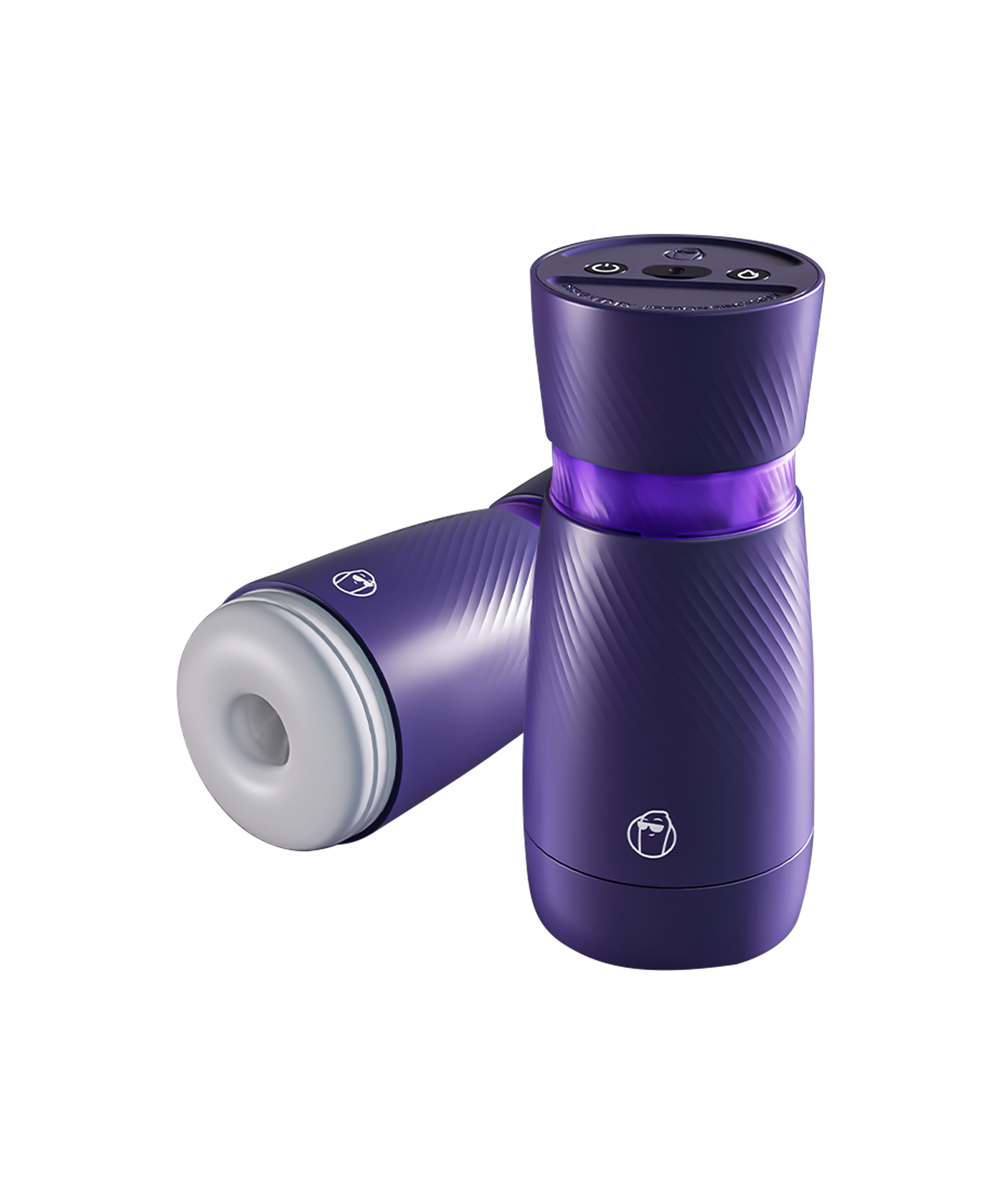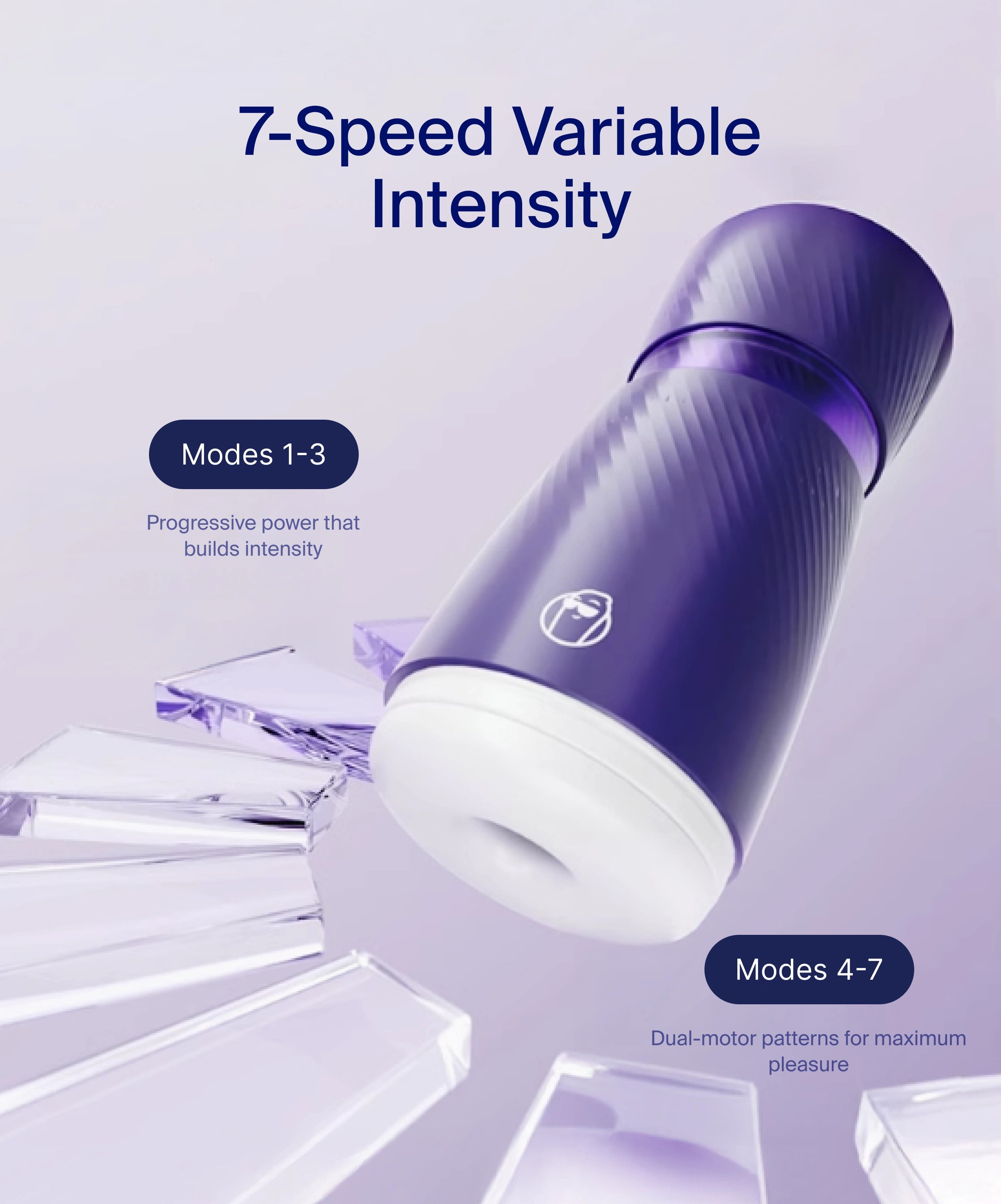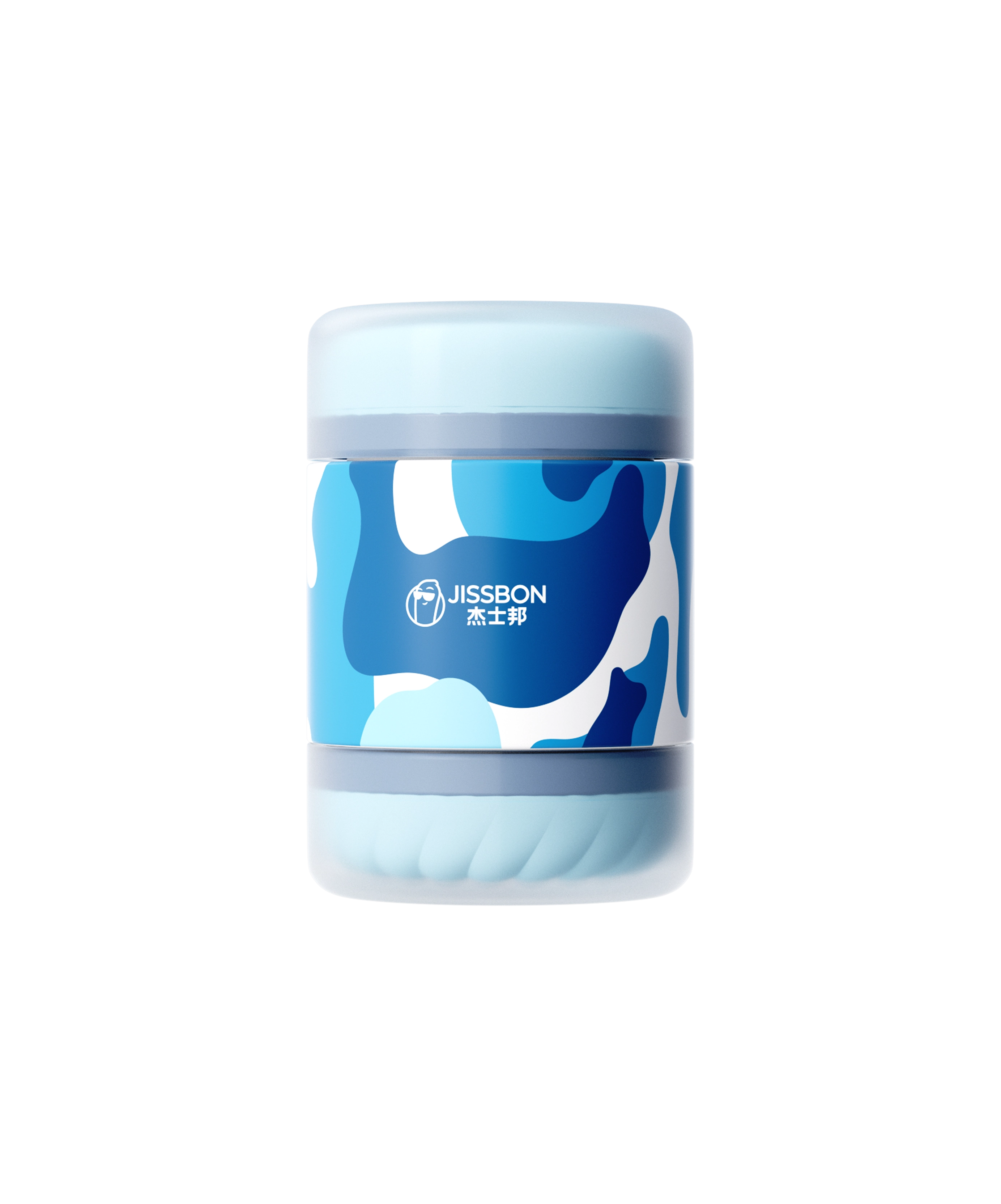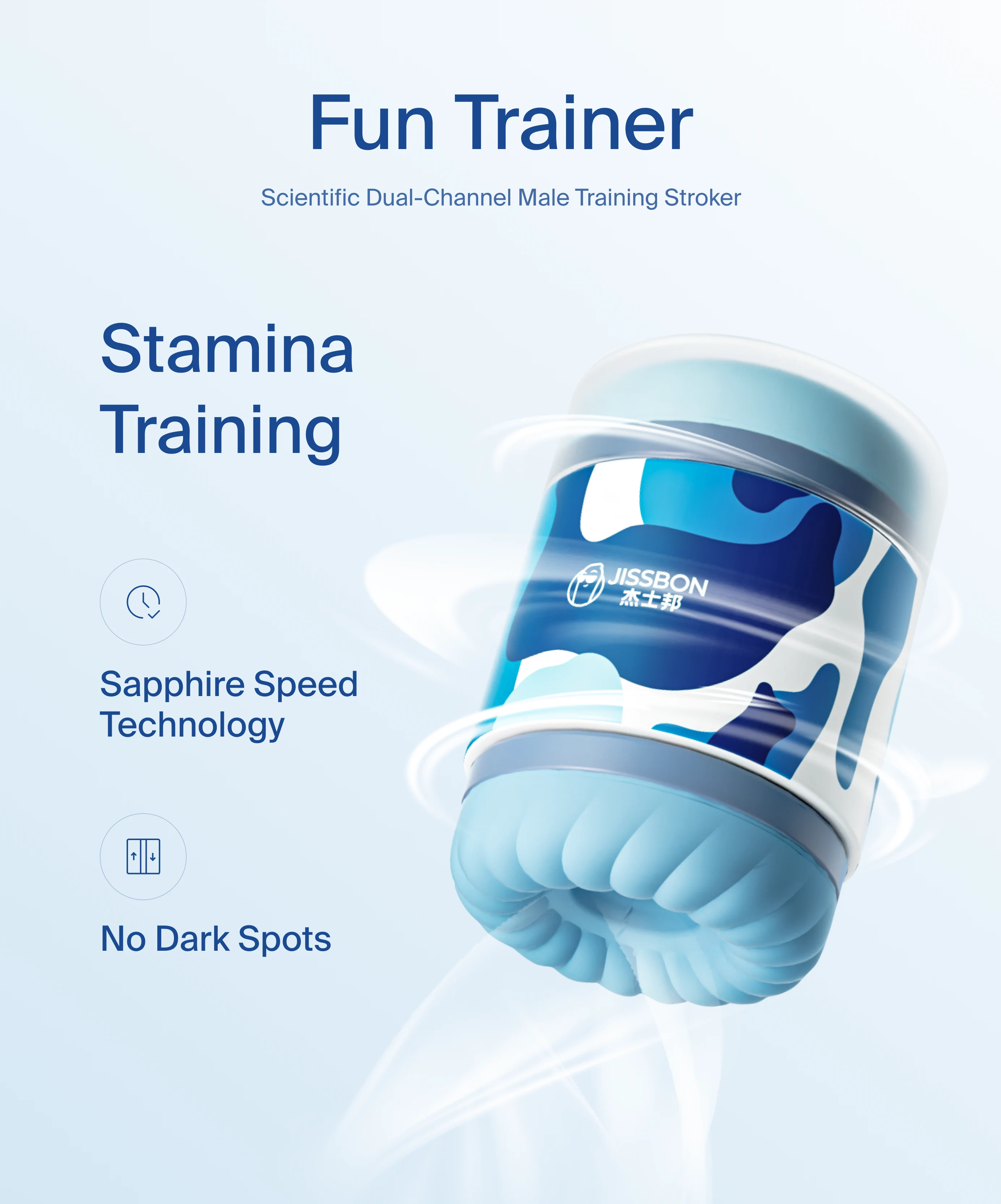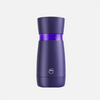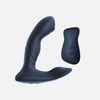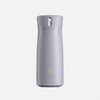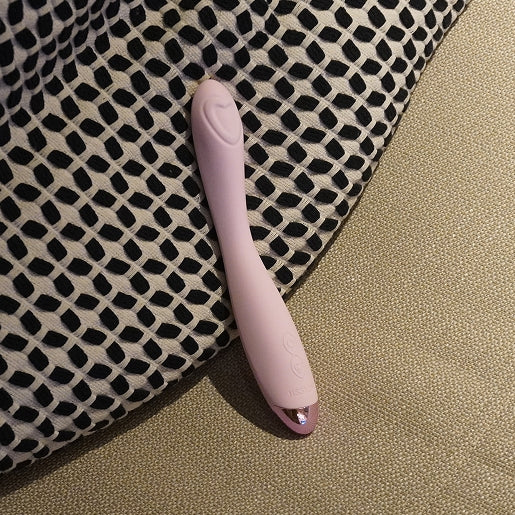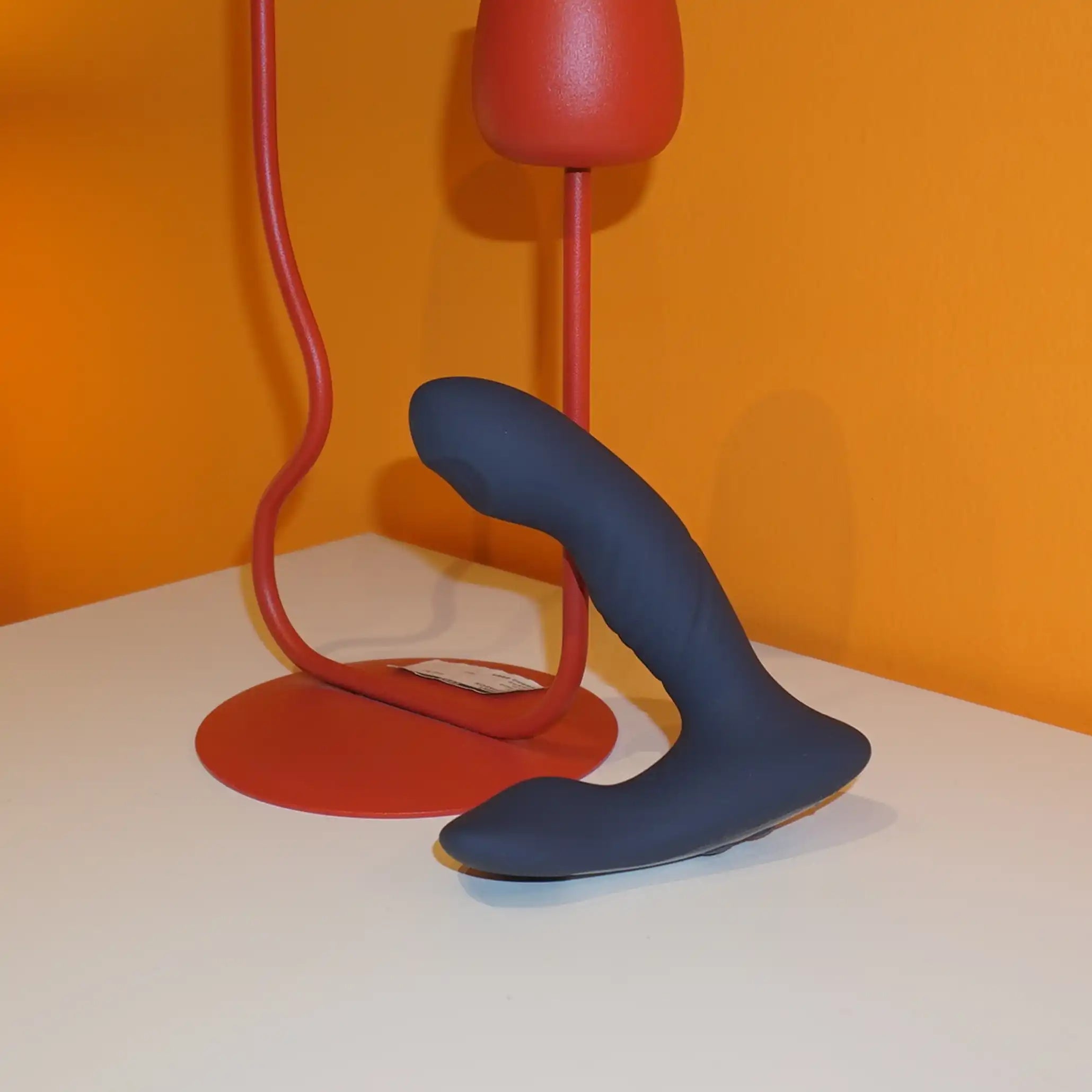Sex toys didn’t suddenly appear with electricity or the internet. The history of sex toys stretches from prehistoric stone carvings to sleek, body‑safe devices you can control from your phone. In this guide, you’ll learn when the first sex toy likely appeared, how different cultures shaped design, why the 1800s transformed the market, and how modern materials made toys safer and more inclusive.
What counts as a sex toy?
A sex toy is any object designed to enhance arousal, sensation, or sexual satisfaction—solo or with partners. That includes dildos, vibrators, anal toys, wands, and more. Historically, objects we’d recognize as toys also served as amulets, art, or medical devices. Context matters: what one era called a “personal massager,” another calls a vibrator.
Prehistory & antiquity: The very first “toys”
Long before the word “dildo” existed, humans shaped stone into unmistakably phallic forms. One famous example is the Hohle Fels siltstone phallus from Germany’s Swabian Jura—a reconstructed artifact dated to roughly 28,000 years ago. Whether used for symbolism, tool‑making, or pleasure (likely all three), it demonstrates that phallic imagery is as old as art itself.
By classical antiquity, sexual aids were explicitly named. Ancient Greek texts and pottery use the term olisbos (ὄλισβος) to refer to dildos, suggesting a market of crafted items made from materials like leather or wood. Romans, too, produced and used phallic objects; a 2023 analysis of a carved wooden phallus from Vindolanda (a Roman fort in Britain) explored possible uses ranging from household luck charm to sexual device—reminding us how fluid these categories can be.
Asia & the art of pleasure: Japan’s harigata and shunga
In early modern Japan, erotic woodblock prints (shunga) often depict couples using toys. Historical sources also reference harigata—dildo‑like implements crafted from wood or other materials. These artworks and references show pleasure objects embedded within a broader culture of erotic art and instruction, not merely hidden curiosities.
Industrial era: Rubber, steam, and early electricity
The 1800s changed everything. Vulcanized rubber (1840s) made flexible, water‑resistant consumer goods possible, influencing everything from condoms to early pleasure devices. Meanwhile, inventors experimented with mechanized massage. A large, coal/steam‑powered “Manipulator” machine appeared in 1869—part of a broader craze for medical electro‑ and vibro‑therapy.
A few decades later, British physician J. Mortimer Granville introduced a handheld electromechanical vibrator—marketed for muscle and nerve complaints (not explicitly for sex). He even cautioned against applying his device to female patients.
About that “Victorian doctors curing hysteria with vibrators” story: it’s contested. Some popular histories amplified the claim; later scholars re‑examined the sources and found little direct evidence of routine medical “orgasm therapy” with electromechanical devices. The myth, however, helped sell both books and movies.
1900–1930: From quack cure to mass‑market “appliance”
As urban households electrified, companies sold vibrators as home appliances or health devices—often alongside toasters and fans. Advertisements pitched vague wellness benefits while using suggestive imagery.
According to one analysis of U.S. newspapers, hundreds of vibrator ads ran between 1900 and 1930; one manufacturer claimed hundreds of thousands of units sold in a single year. At the same time, Comstock laws (1873 and after) policed “obscene” devices and advertising—pushing marketers to cloak sexual utility behind wellness language.
Newspaper ads and department stores carried models with multiple attachments, and big appliance firms promoted them vigorously—evidence that vibrators were already mainstream long before the late‑20th‑century sex‑positive movement made them chic again.
Mid‑century to sexual revolution: Taboo, then transformation
Mid‑century moral panics and shifting obscenity standards kept many toys behind coded language. But the 1960s–70s sexual revolution re‑centered pleasure and consent—and a new retail model was born: clean, educational, women‑friendly sex shops. In 1974, Eve’s Garden opened in New York; in 1977, sex educator Joani Blank founded Good Vibrations in San Francisco. These stores changed how people discovered and discussed toys—through workshops, sex‑positive books, and a welcoming environment.
Modern wave: Materials, safety, and smart features
By the 2000s, consumer expectations shifted toward body‑safe materials like medical‑grade silicone, stainless steel, borosilicate glass, and ABS. Regulatory crackdowns on certain phthalates in consumer goods (EU REACH restrictions) nudged manufacturers toward safer formulations.
Meanwhile, research on chemical exposures in consumer plastics (especially in products used by young people) kept safety in the conversation—even as sex toys aren’t uniformly regulated worldwide.
On the experience side, innovation focused on quiet motors, pressure‑wave/suction stimulation, ergonomic shapes (especially for clitoral and G‑spot anatomy), remote/app control, and inclusive designs for different bodies, orientations, and abilities.
Looking to explore today’s body‑safe options? Start with our Clitoral Vibrators, or visit the Jissbon home page to browse by category. For targeted clitoral stimulation, a suction‑style vibe is a modern classic—see this clitoral suction vibrator for a compact, beginner‑friendly example.
How to choose a body‑safe toy today
Know your materials. Prioritize non‑porous surfaces: silicone, stainless steel, and glass are easy to clean and don’t hold odors. If a toy is soft and jelly‑like but unlabeled, it may contain plasticizers. When in doubt, choose reputable sellers and look for explicit material specs.
Match the motor (or lack of it) to the sensation you want.
- Vibrators (buzzy or rumbly) excel at external stimulation.
- Dildos give pressure and stretch without vibration—great for G‑spot or A‑spot exploration.
- Wands deliver broad, powerful vibration for all‑over relaxation.
- Suction styles stimulate using air pulses/pressure waves.
Start small, build up. Begin with slender shapes and lower intensities. Use plenty of water‑based lube, and add girth or power only when your body says yes.
Hygiene & storage. Wash before and after use with mild soap and warm water; let dry fully. Store in a lint‑free pouch away from direct sun and other plastics.
Respect your body. Pain, numbness, or irritation isn’t “part of the process.” Slow down, add lube, or switch designs.
Myths to retire (and what the evidence says)
-
“Victorian doctors invented vibrators to treat hysteria.”
Fascinating story—but contested by historians who re‑checked the sources. Vibrators were marketed for general health and beauty; euphemisms masked sexual utility. -
“Sex toys are a new, modern fad.”
From Ice Age phallic carvings to Greek olisboi and Roman wooden phalluses, the history of sex toys spans millennia. -
“All soft toys are the same.”
Materials vary widely. When possible, choose labeled, non‑porous options and check care instructions. Regulatory moves on certain phthalates helped nudge the market toward higher standards.
A quick, decade‑by‑decade timeline
- Ice Age (ca. 28,000 BP): phallic siltstone artifact at Hohle Fels.
- Classical world: Greek olisbos; Roman phallic artifacts (e.g., Vindolanda).
- Edo Japan: Harigata and shunga prints depicting toys.
- Late 1800s: mechanized massage (steam/electrical) enters clinics and spas; Granville’s handheld electromechanical massager.
- 1900–1930: rapid commercialization; hundreds of ads; appliance framing; Comstock obscenity rules pressure euphemistic marketing.
- 1970s: sex‑positive retail revolution (Eve’s Garden 1974; Good Vibrations 1977).
- 2000s–today: body‑safe silicone, quiet motors, suction pressure technology, app features; ongoing focus on safety and inclusivity.
Explore further
- Antiquity & archaeology: Vindolanda wooden phallus and interpretations.
- Early 20th‑century marketing and law: Selling Sex Toys (Cambridge University Press).
- Japanese erotic art context: British Museum shunga overview.
- Materials & safety: EU REACH restrictions on certain phthalates.
Frequently Asked Questions
When was the first sex toy made?
Archaeological finds suggest phallic objects appeared ~28,000 years ago (Ice Age Europe). Whether they were used for ritual, tool‑making, or sexual pleasure (or all three) is debated, but the history of sex toys clearly begins in prehistory.
When were dildos invented?
Ancient Greek sources explicitly reference olisbos (dildos), and Roman‑era finds like the Vindolanda wooden phallus prove phallic devices were made and handled in everyday contexts.
Who invented the vibrator?
Electromechanical vibrators are associated with J. Mortimer Granville (1880s) as a medical massager for muscle/nerve pain. Large, non‑portable vibrotherapy machines existed slightly earlier. The popular claim that Victorian doctors routinely used vibrators to “treat hysteria” is not well supported by the historical record.
When did vibrators become common at home?
In the early 1900s, as domestic electricity spread, companies advertised vibrators widely in newspapers and magazines—often alongside other appliances and with euphemistic “wellness” language.
What are sex toys made of today? Are they safe?
Modern toys often use medical‑grade silicone, stainless steel, glass, or ABS. Regulatory actions (like EU REACH restrictions on certain phthalates) pushed the market toward safer materials, but standards differ by region. Buy from reputable brands, read material specs, and follow cleaning instructions.
Read more

A single breath against the skin. A slow kiss below the ear. For many people, the neck is an instant “on” switch—so much so that neck fetish (or a strong attraction to neck touching, kissing, and l...
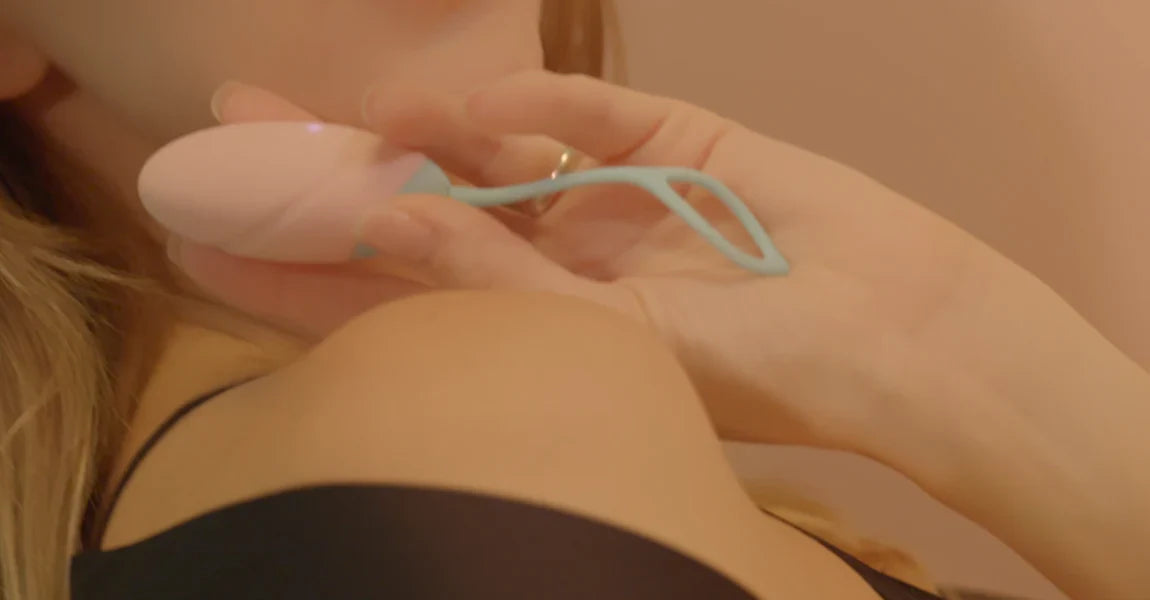
“Clit suckers” (also written clitsucker, clitoral suction toy, or clitoral stimulator) create focused, fluttery pressure on the clitoral glans using air‑pulse/suction technology. For many, this fee...
